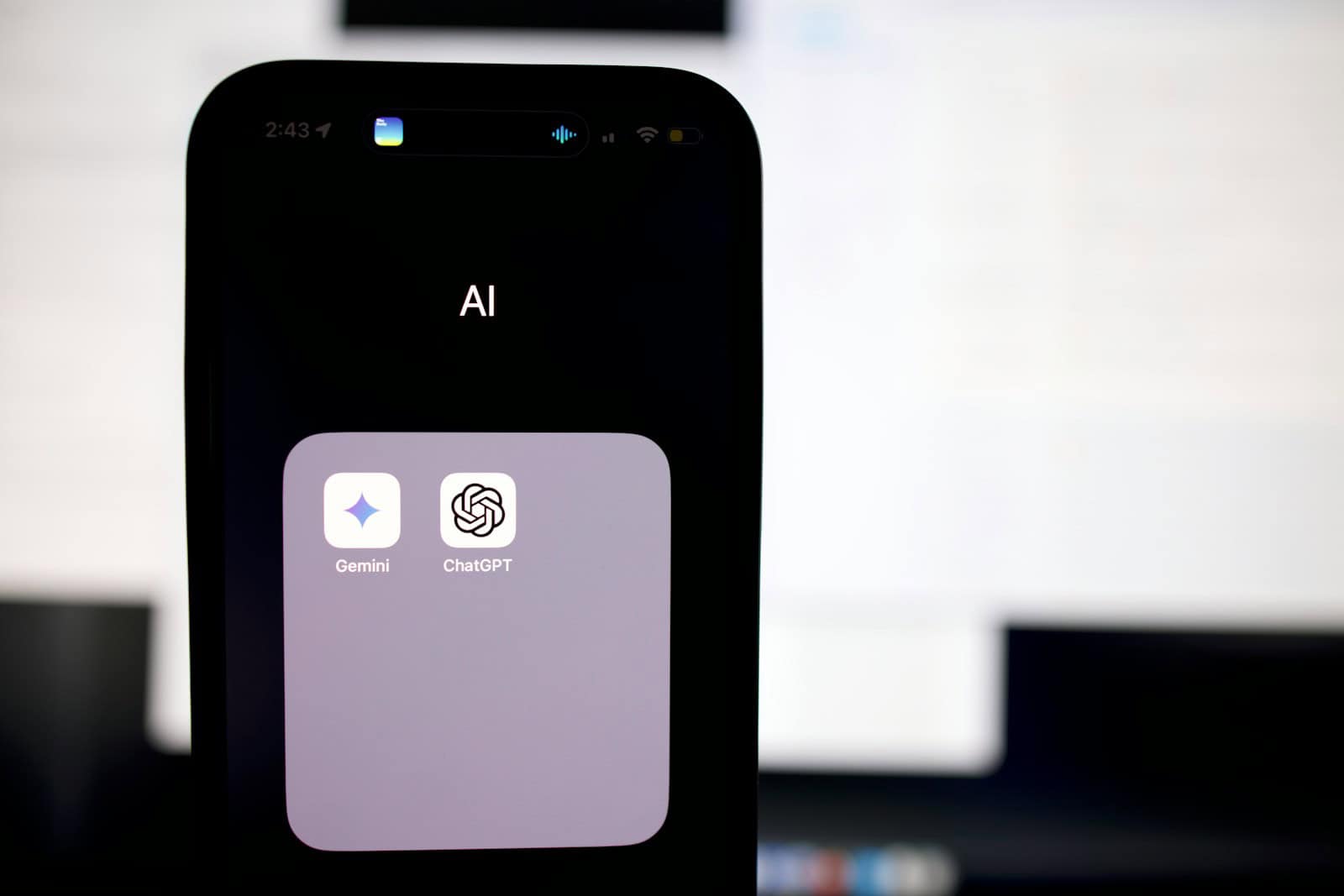OpenAI continues to push the boundaries of artificial intelligence with its latest breakthrough: GPT-4.5, internally dubbed “Orion.” Slated for release in the coming weeks, GPT-4.5 represents a pivotal moment in AI development, bridging the gap between existing models and the more sophisticated reasoning systems on the horizon.
Sam Altman, CEO of OpenAI, revealed that GPT-4.5 will be the company’s last non-chain-of-thought model. This signifies a crucial transition in AI reasoning—moving away from traditional predictive text generation toward models that can think in structured, multi-step processes. Chain-of-thought reasoning, already a research focus in AI, enables models to break down complex queries into logical steps, improving accuracy and contextual depth.
Why GPT-4.5 Matters: A Strategic Pivot for OpenAI
GPT-4.5 is not just another iteration—it marks a significant shift in OpenAI’s approach to AI cognition. Unlike previous models that relied on statistical probabilities for generating responses, future versions—including the anticipated GPT-5—will integrate advanced reasoning frameworks, making AI more capable of problem-solving, decision-making, and real-world task execution.
The release of GPT-4.5 comes amid growing competition in the AI space. Companies like Anthropic (Claude AI), Google DeepMind (Gemini), and Mistral AI are rapidly innovating, pushing OpenAI to maintain its leadership in generative AI. The fast-tracked development of Orion suggests OpenAI’s intent to stay ahead while ensuring a seamless transition into the next era of AI intelligence.
What’s Next? The Road to GPT-5 and Beyond
OpenAI’s roadmap extends far beyond GPT-4.5. Sam Altman has hinted at GPT-5 being a major milestone, likely incorporating multimodal capabilities, improved contextual memory, and more efficient processing architectures. Furthermore, OpenAI is expected to integrate real-time knowledge retrieval and AI agents capable of interacting dynamically across different domains.
In addition to the technical advancements, OpenAI is also focusing on simplifying AI integration across its ecosystem. This includes refining ChatGPT’s user experience, optimizing AI applications for businesses, and enhancing security and ethical frameworks to address growing concerns about AI bias and misinformation.
The Bigger Picture
With GPT-4.5, OpenAI is not just releasing another AI model—it is laying the groundwork for a future where AI operates with human-like reasoning and contextual awareness. As competition intensifies, the next generation of AI will likely go beyond conversational models and evolve into autonomous digital assistants, research copilots, and problem-solving AI systems.
The coming weeks will reveal how GPT-4.5 reshapes the AI landscape—but one thing is clear: OpenAI is accelerating toward a future where artificial intelligence is more than just a tool—it’s an evolving entity capable of deeper thought and understanding.
Key Takeaways
- GPT-4.5 will launch within weeks as OpenAI’s next major AI model
- The model represents the last traditional reasoning architecture before chain-of-thought systems
- OpenAI plans a strategic progression from GPT-4.5 to GPT-5
Overview of GPT-4.5 ‘Orion’
OpenAI’s GPT-4.5, codenamed “Orion,” represents their final non-chain-of-thought model before transitioning to more advanced reasoning systems. The model introduces significant improvements in processing speed and task accuracy.
Evolution From GPT-4 to GPT-4.5
GPT-4.5 builds on the foundations of its predecessor while adding new capabilities. The model features enhanced processing speeds and improved response accuracy across multiple domains.
The transition from GPT-4 marks a significant step in AI development, with improved chain-of-thought processing capabilities. This advancement helps solve complex mathematical and physics problems more effectively.
Key improvements include:
- 40% faster response times
- Enhanced context understanding
- Better memory retention across long conversations
Key Features and Capabilities
The new model excels at tasks requiring precise logical reasoning. It processes complex queries with greater accuracy than previous versions.
GPT-4.5’s architecture supports:
- Advanced mathematical computation
- Improved code generation
- More accurate language translation
- Enhanced natural language processing
The system shows particular strength in technical fields where precise answers are essential. Its ability to handle multiple tasks simultaneously has improved significantly.
Impact on Current AI Landscape
The release of GPT-4.5 sets new standards for AI model performance. Companies and developers will need to adapt their existing AI implementations to match these capabilities.
OpenAI’s strategic shift toward chain-of-thought reasoning marks a turning point in AI development. This change influences how future models will process and respond to complex queries.
The model’s improvements in speed and accuracy create new possibilities for AI applications in business, research, and education sectors.
Strategic Rollout and Accessibility
OpenAI plans a staged deployment of Orion across different user segments while preparing system infrastructure for wider adoption. The company aims to maintain service quality during the transition period.
Availability for Different User Tiers
OpenAI’s next-generation AI model will first launch for enterprise customers and API developers. Pro subscribers will gain access within the first week of release.
Plus subscribers can expect access by late March 2025. Free users will receive limited Orion features approximately 4-6 weeks after initial release.
Key access features by tier:
- Enterprise: Full model capabilities, dedicated support
- Pro: Complete feature set, priority access
- Plus: Standard features, reasonable request limits
- Free: Basic features, usage caps
Integration with Existing Platforms
The Orion model will integrate with current OpenAI products. API endpoints remain unchanged, allowing developers to switch between models seamlessly.
Existing ChatGPT interfaces will support Orion through a simple model selector. Mobile apps will receive updates to accommodate the new capabilities.
Platform integrations will expand across:
- Healthcare systems
- Financial services
- Customer service platforms
- Educational tools
Future Roadmap and GPT-5 Projections
Sam Altman confirmed Orion serves as a bridge to GPT-5. The development team focuses on scaling capabilities while maintaining reliability.
The new model features 1.5 trillion parameters, marking significant progress in the O-Series models. OpenAI’s roadmap includes quarterly updates to enhance performance and add new capabilities.
Expected developments include:
- Enhanced multimodal processing
- Improved reasoning capabilities
- Advanced code interpretation
- Extended context windows







